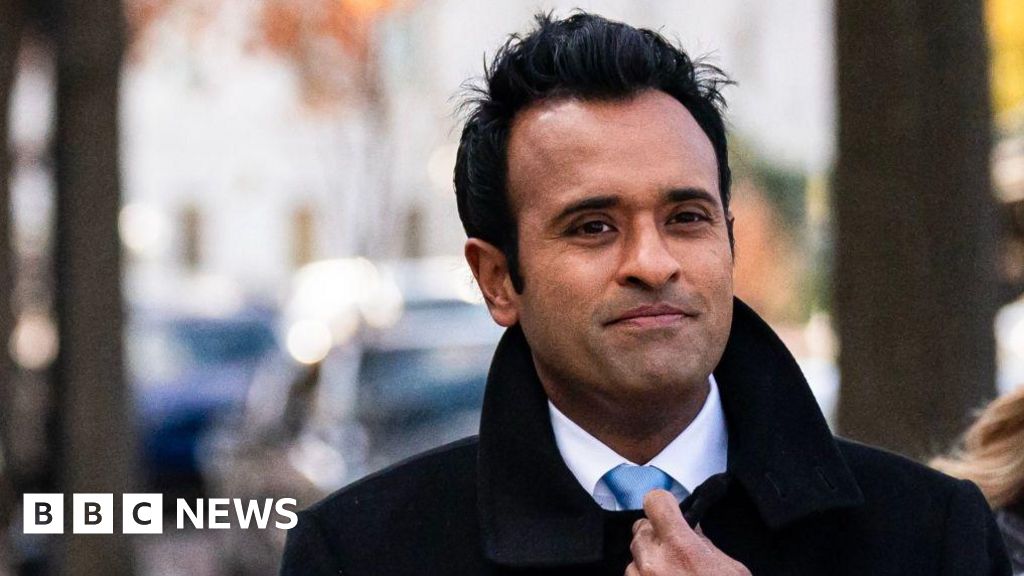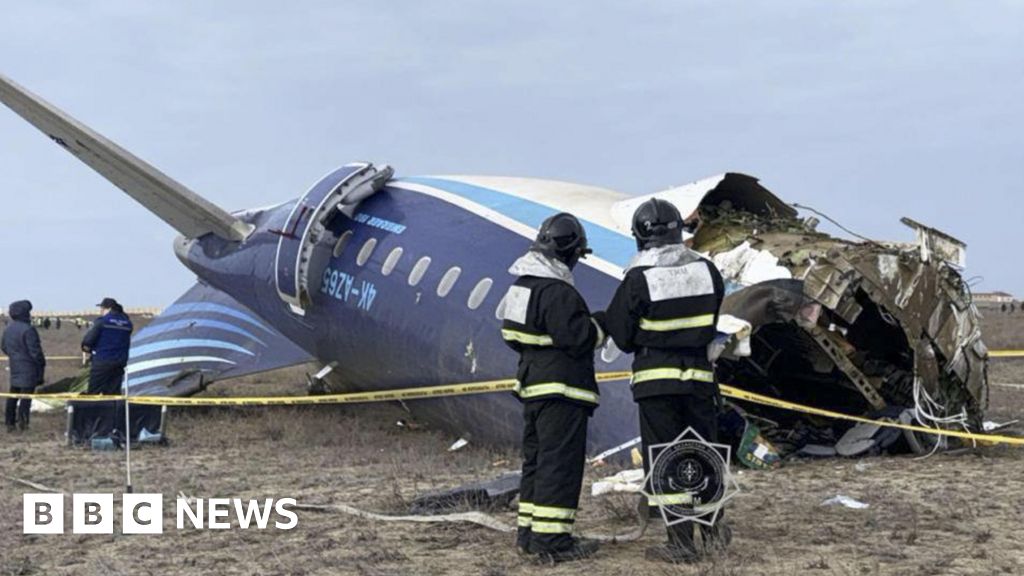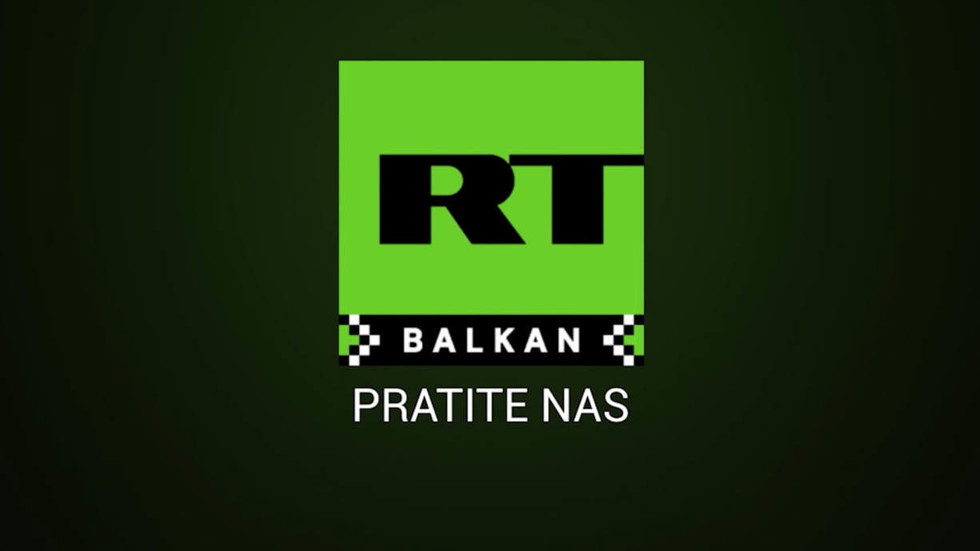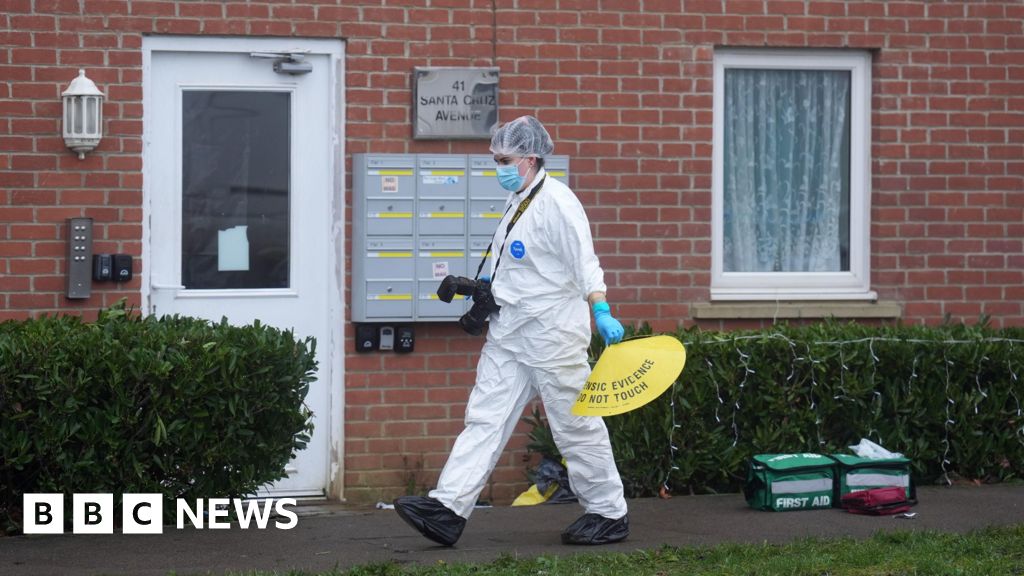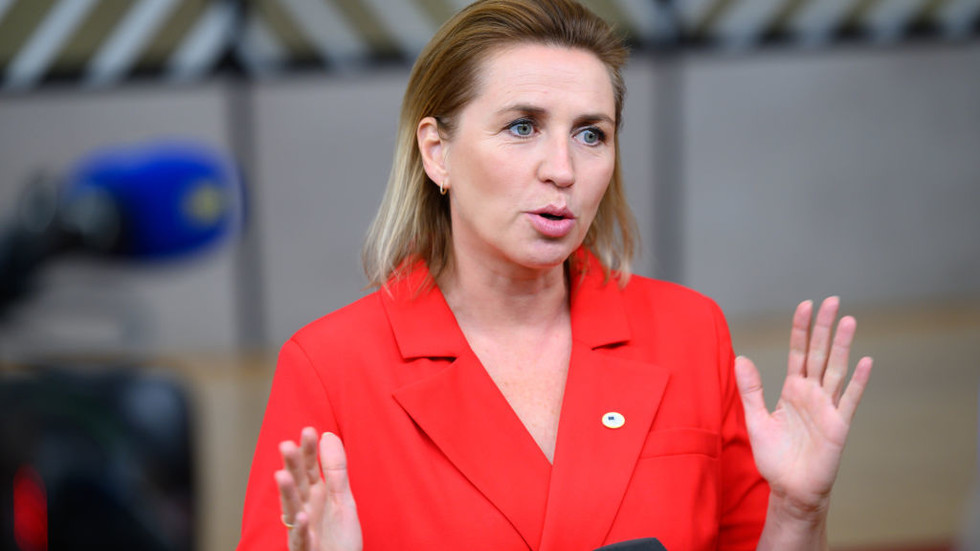Sasha and his family lived in Mariupol. In the first month of the full-scale invasion, he was forcefully separated from his mother and brought to occupied Donetsk. For weeks, his grandmother Liudmyla didn't know whether he was dead or alive.
When Russian troops started building up at the border, Snizhana expected something to happen. Her husband and the father of her children promised the family they’d leave Mariupol on the 23rd of February 2022, but due to transportation issues, they were unable to. Snizhana and her two children, Sasha and Viktoria, were stuck in Mariupol.
A day later, Russia’s brutal full-scale invasion of Ukraine started. Mariupol was pounded by constant shelling. Snizhana called her mother, Liudmyla, telling her: “Horrible things are happening here”. This was the last time Liudmyla spoke to her daughter.
24th March 2022, Mariupol
Before Russia’s full-scale invasion, nearly half a million people lived in Mariupol. The city in south-eastern Ukraine was known for both its culture and industry. During the siege, Russian forces targeted essential services, such as electricity, water, gas and communication networks. The latter collapsed in the early days, leaving a void of information and making it almost impossible for people to reach their loved ones.
Because of constant shelling, food and water became scarce, forcing residents to leave their shelters to get food and melt snow for water. On March 24th, Snizhana’s family were forced to cook outside on an open fire in the freezing cold. While her 11-year-old son, Sasha, was outside helping with the preparation of food, heavy shelling began. Sasha quickly rushed to seek shelter behind garages and oak trees.
A little later, he eventually sought refuge on the second floor of a neighbour's house. He thought his two-year-old sister, Viktoria, was there by herself, but when he got there, he found her sheltering with his mother, Snizhana. While the three of them were hiding, a shell hit the neighbouring house, causing a shard to injure the 11-year-old under his right eye.
Despite shelling and constant attacks, Snizhana ended up taking her son to a factory to seek medical assistance for his injury. Sasha remembers that upon getting there, heavy shelling made it impossible for them to leave.
Officials told Sasha, his mother "didn't want him anymore"
Sasha remembered Russian forces surrounding the plant, capturing them and driving them somewhere. “My mother, another civilian and I were taken to a village called Bezimenne in occupied Donetsk,” he recalled.
In Bezimenne, Child Rights Services from Novoazovsk came and separated him from his mother. “They didn’t let me say goodbye to her”, he said, adding he believes they took her to a filtration camp. That was the last time he saw her. Officials told him his mother didn’t want him any more, but the 11-year-old believed it to be a lie – he loves and adores his Mamulichka.
“The tactic of separating Ukrainian children from their families is a known strategy”
According to Vladyslav Havrylov, Research Fellow with the Collaborative on Global Children's Issues at Georgetown University, the tactic of separating Ukrainian children from their families and indoctrinating them with anti-Ukrainian propaganda is a known strategy employed by the Russian government. “This serves multiple purposes, including erasing Ukrainian identity, addressing demographic issues in Russia through illegal adoption, and preparing a future generation supportive of Russian military aggression,” he explained.
The forceful deportation and indoctrination of Ukrainian children also seem to serve the purpose of ‘stocking up’ the Russian army. “The Youth Army, established by the Kremlin, plays a significant role in this process, indoctrinating children as young as six with anti-Western sentiments and glorifying Russian military actions, including the war in Ukraine”, added Havrylov.
The organisation recruits thousands of children, particularly from occupied Ukrainian territories, to serve Moscow's agenda of cultural assimilation and political loyalty to the Kremlin.
The “Ghetto” in Bezimenne
The filtration camp he believes his mother was taken to in Bezimenne, 30 kilometres east of Mariupol, has been named the “ghetto”. Once a school by the shores of the Sea of Azov, it now holds people captive. According to the German Editor Network, RND, this facility is one of several established in Ukraine since the start of the war. The BBC reported that Russia was housing an estimated 5,000 at the temporary camp in Bezimenne in March 2022, and a video verified by the Washington Post confirmed the existence of the "ghetto".
In these camps, Russians “screened” Ukrainians from Russian-occupied territories “for their status and allegiance”. There, their passports, phones and documents were confiscated, and medical care was non-existent. Reports suggest the camps endure inhumane conditions, and detainees reportedly faced threats of torture or death. There have also been reports of extrajudicial killings at these filtration camps.
Symbolically, the village's name bears resemblance to the Ukrainian translation for "no name" (без імені/ bez imeni).
Sasha is brought to a hospital without his mother
Still injured, the Child Rights Service from Novoazovsk brought Sasha to a trauma hospital called Donetsʹka Oblasna Klinichna Travmatolohichna Likarnya in illegally occupied Donetsk, where he finally received treatment. Of course, the 11-year-old didn’t have any documents on him. The authorities in the hospital were therefore unable to identify him.
Sasha, already terrified, was informed that he would be sent to an “Internat”, presumably in Russia, where children without parents are usually sent to go to school and live. This institution can be likened to an orphanage, rather than the Western perception of a boarding school.
Findings from the Ukrainian project “Where Are Our People” reveal that deported Ukrainian children are often housed in repurposed facilities like summer camps, dormitories, orphanages, and Russian Orthodox Church monasteries.
19th of April: Sasha calls Liudmyla
Two months after the full-scale invasion, a man approached Liudmyla at work, telling her Sasha was looking for her and on the 19th of April, she heard her grandson’s voice over the phone. Despite an unstable connection, she managed to call him via video call. He said he was in a hospital in occupied Donetsk and then told her the story of how he got separated from his mother. “I don’t know where she is. We couldn’t get out of the factory. They surrounded it and started shooting,” he remembered.
“Sasha, I’ve been looking everywhere for you”, Liudmyla told him. Liudmyla was relieved and happy that her grandson got in contact with her, but It brought up many more questions about the whereabouts of his mother.
In the clinic, he got to know another boy who was also 11 years old. It was the boy’s phone he initially used to call his grandmother.
After Sasha’s call, Liudmyla managed to get in contact with a social worker who worked at the clinic. She pleaded with her to look after Sasha and do everything, so he wouldn’t be deported to an Internat. “I’m his Babusya. I will come and collect him”, she said.
Liudmyla makes it her mission to get Sasha back
To pick Sasha up, Liudmyla needed adequate documents. Since Sasha’s father was a soldier, picking up his son wasn’t an option. Therefore, Liudmyla had to become his guardian. It took her two months to gather the documents, such as his birth certificate, and get them translated into Russian.
Before leaving, friends and relatives asked her if she was afraid to travel to the occupied territories. “What other options do I have to get him back?” Liudmyla would have travelled anywhere in the world to get her grandson back.
Liudmyla embarks on her journey to occupied Donetsk
Throughout the two months when Liudmyla prepared for her journey, Sasha managed to stay in the hospital. He was worried, though, and believed that he would be taken somewhere in Russia. He also questioned how his grandma was able to come to pick him up in an active war zone. In temporary-occupied Donetsk, there was constant shelling, he remembered. He was terrified and forced to go to bomb shelters frequently.
To reach her grandson, Liudmyla embarked on a journey spanning four countries: Ukraine, Poland, Belarus and Russia. Ukrainian citizens can travel to Belarus via the Polish border and continue to Russia. Ukrainian nationals are only permitted to enter the Russian Federation via a land border in Latvia or the Sheremetyevo airport in Moscow.
Recalling the necessity of deception at checkpoints, she fabricated tales of seasonal employment whenever questioned about her destination. Enduring the arduous voyage, she remained vigilant, repeatedly presenting her documents along the way.
When she finally arrived in occupied Donetsk, she remembered no cars being on the road but constantly hearing the sound of sirens and shelling. She was terrified, but nothing was going to hold her back from reuniting with her grandson.
When she arrived at the hospital, she finally found Sasha, who was overcome with joy when he saw his Babusya. She hugged him and quickly prepared to leave, telling him: “Sasha, I feel so much better now you’re with me.”
The journey back home
Leaving the Russian-occupied territories and getting Sasha back to Ukraine wasn’t an easy journey. At Checkpoints, they had to show their documents and answer questions about the whereabouts of Sasha’s mother numerous times. Liudmyla told the guards that Sasha’s mother was missing and showed them the documents proving she was his guardian now.
At another border checkpoint in the internationally unrecognised so-called ‘Donetsk People's Republic’ in Ukraine, she got checked again. So close to safety, she was very worried they would take Sasha away from her – just as they separated him from his mother. She had to fill out some forms, and luckily, they made it through.
In hindsight, she remembers how important it was to stay calm and keep composure, to not reveal too much. The journey was stressful though, and due to adrenaline and the severity of the journey, she said she is not able to remember all the details besides having to get her grandson back to safety in Ukraine.
For Sasha, arriving at his grandmother’s house in Chernihiv Oblast in northern Ukraine was bittersweet. On the one hand, he was happy his grandmother managed to rescue him, on the other, his mother wasn’t there with him.
Where is Snizhana?
Liudmyla still remembers her daughter’s call on the 24th. Since then, she hasn’t heard anything from her, which is “burning her soul”. She’s not giving up hope, adding that she’s been told about rumours of her daughter being included in a list of women who were at the Illich Steel and Iron Works Metallurgical Plant.
In April 2022, Reuters journalists visited the besieged city of Mariupol, specifically the Illich Steel and Iron Works area, one of two metal plants where Ukrainian defenders were sheltering in underground tunnels and bunkers. Footage shows scenes of devastation, with twisted steel and shattered concrete, and no sign of Ukrainians. Several civilian bodies were found scattered on nearby streets.
Liudmyla said she was also approached by a journalist from a Russian newspaper, who told her that Snizhana was supposedly seen in Taganrog, a town in Russia’s Rostov Oblast, where many other detainees from the camp were likely sent.
MDR reported that some people were put on buses and brought to Taganrog, where trains were waiting for them to bring them to another camp in the Russian city of Vladimir. According to the report, the deported Ukrainians had no phones and were therefore unable to contact their relatives.
In the Vladimir region, there are two well-known penal institutions: Corrective Colony No. 2, housing up to 794 inmates, among them Alexey Navalny until June 2022, and Vladimir Central Prison, which is considered one of Russia’s “most famous prisons”, accommodating a maximum of 1220 detainees.
Thousands of Ukrainians are believed to be in Russia, with some held in occupied territories like Donetsk and Luhansk, according to the Media Initiative for Human Rights. The initiative found 42 detention facilities across Russia, including pretrial centres and correctional colonies, situated near Ukraine’s borders and inland.
Snizhana could therefore have been in Taganrog, however, there is no proof. As of now, she is considered officially missing.
According to UN data, more than 2.8 million Ukrainians have been deported to Russia since the full-scale invasion in 2022. The actual number might be much higher. Non- and semi-official Russian sources suggest a figure as high as 4.5 million people that have been deported, referred to by Russia as ‘refugees’, writes Vladyslav Havrylov.
Do the children understand what they’ve gone through?
To process everything he’s gone through, Sasha is still receiving frequent psychological treatment on Zoom. Yulya Tukalenko, psychologist at the charity Voices of Children, said that understanding the conditions of detention depends on the child's age, the state of the surrounding adults, and previous experience. “In a state of stress, the ability to understand reality is significantly reduced due to the peculiarities of our nervous system and the activation of certain parts of the brain”, she added. Younger children tend to have peculiarities of perception due not only to the stage of their development but also to the lack of a clear understanding of the "norm" inherent in an adult.
“That is why we can now observe in many children a completely normal reaction to constant alarms, explosions, searches and certain behavioural restrictions”, explained Tukalenko. “On the one hand, this protects the child from feelings of fear and anxiety here and now, and on the other hand, it can influence the formation of a sense of security in the future.”
UN: The deportation of Ukrainian children is a war crime
The UN declared the deportations of Ukrainian children as a war crime, with the ICC issuing warrants for Russian President Vladimir Putin and Presidential Commissioner for Children's Rights Maria Lvova-Belova. According to international law, including the 1948 Genocide Convention, these deportations may constitute as genocide.
“When the ICC made this arrest warrant against Putin, it wasn’t a political but a legal statement. He was officially accused of being the biggest child kidnapper in the world,” said Nobel Peace Prize Laureate, human rights lawyer and Center for Civil Liberties-leader, Oleksandra Matviichuk.
“Reports suggest between 260,000 to 700,000 Ukrainian minors were forcibly relocated by the occupiers, with estimates reaching 738,000 children since 2014. Advisor and Commissioner of the President of Ukraine for Children’s Rights and Rehabilitation, Daria Herasymchuk, believes the actual number could be even higher”, added Vladyslav Havrylov.
“Sasha, I will never stop looking for her”
Russian forces continue their onslaught on Ukraine. Naturally, the now 13-year-old Sasha is terrified of air raid alarms and explosions. He is always ready to hide. For Liudmyla, the war feels like a thunderclap in a clear sky. After everything she’s experienced, she doesn’t believe there can be peace any more.
As of now, Sasha’s little sister's exact whereabouts are unknown to Sasha’s grandmother. She believes the little girl is with her father’s relatives, but neither she nor Sasha are in contact with her or Sasha’s father. “It hurts me. She is my granddaughter”, said Liudmyla adding that “as long as I’m alive, I will want to know where she is.”
When Liudmyla returned to Ukraine with her grandson, she enrolled Sasha in school straight away. He’s almost 14 now, going through the changes like any other teenager, spends a lot of time on his phone and plays football with friends. Nonetheless, his mother is always on his mind.
He speaks to the press and seeks meetings with world leaders, such as Boris Johnson, with the hope of them helping him find his mother.
“I want my mother back”, the 13-year-old emphasised, adding he misses her every day.
“Sasha, I will never stop looking for her”, Liudmyla promised.

 7 months ago
42
7 months ago
42
